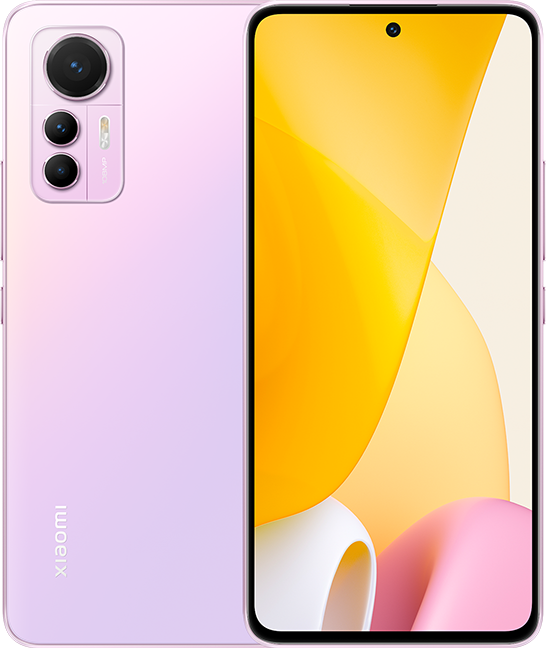Xiaomi devices awesome in hardware quality/price ratio, but when it comes to software anyone should be able to customize his own device and get the best experience out of it. XiaoMiTool V2 was designed to take this service to a next level, with better graphical interface, better portability, more stability and more upgradability. XiaoMiTool V2 was developed thanks to user donations. I appreciated the generosity of people that recognized my work and decided to give me some money. The instructions for all Xiaomi, Mi, Redmi, and even POCO smartphones are common. This method could be really helpful when reinstalling the “Xiaomi Redmi Note 4X firmware” on your device.
They are developed by third-party developers who modify the existing source code to create a new firmware version. Custom ROMs typically offer improved performance, stability, and security, as well as additional features and customization options. There are a variety of custom ROMs available for various Xiaomi devices, and they can be installed using third-party tools such as TWRP or CWM. On the other hand, a ‘Fastboot ROM’ for Xiaomi, Redmi, and Poco devices contain individual device partition images that could be flashed over the fastboot interface. Xiomi MI Flash Tool comes with a super supportive interface where the user can easily get with the functioning. So remember that it only supports flashing fastboot firmware but not OTA. And we could list down the supported devices for Mi flash tool as below.
- And in this guide, we will show you how to do just that.
- ID4me is an internet service that enables its users to log in to many different internet services with one account.
- They are reliable and secure, offering an official version of Android that is regularly updated and tested by Xiaomi, providing a stable and secure platform for users.
- It’s normally possible to get factory images from stock ROM Samsung and LG, but you may need to download them from third-party sites.
- Your phone shall now be running the latest MIUI firmware.
By following these steps, you can easily unbrick your Xiaomi device. The latest Xiaomi stock ROMs are some of the most advanced ROMs available, providing users with various features that make their devices even more powerful and enjoyable. With these features, users can get the most out of their devices and enjoy a smooth and optimized user experience.
- Once both these things are done, click ‘flash’ in the Mi Flash Tool to finally install the MIUI Fastboot ROM on your Xiaomi/Redmi/Poco device.
- Finally, press the Start button to start the flashing process.
- Xiaomi’s ROMs are designed to be highly customizable and allow users to customize the look and feel of their devices.
- This Xiaomi tool allows the users to flash the Stock MIUI 8, MIUI 9, MIUI 10 etc. all the older and latest versions of MIUI ROM on any Mi or Redmi Phone.
- This waiting time could be of hours, days, or even a few weeks.
- Xiaomi as promised started rolling MIUI 8 Global Stable build for various supportive devices.
Manufacturers roll out updates over-the-air, often referred to as ‘OTA updates’. And these could take some time before they reach every designated handset in the world.

However, it will only remove if the ROM is not modded or custom. If you accidentally format or factory reset your Android device with internal memory only (no external SD card), then it is pretty tricky to restore the default settings. From the recovery main menu, Wipe Data, cache and Dalvik. Also How to Install TWRP Recovery on Android Phones.













